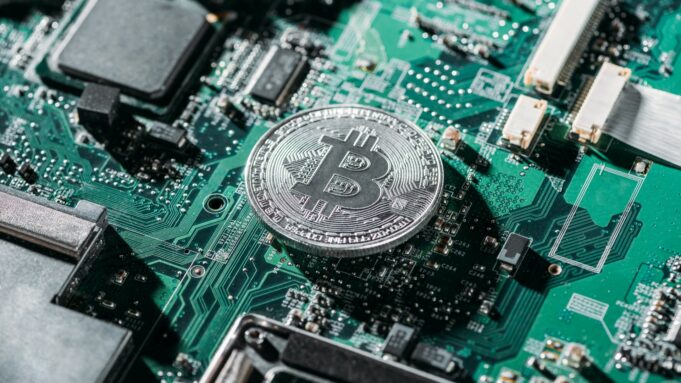Bitcoin is a decentralized digital currency that is used as a medium of exchange. It operates on a peer-to-peer network, and its transactions are recorded on a public ledger known as the blockchain. The security and reliability of the Bitcoin network depend on the miners who validate transactions and create new blocks. These miners are rewarded with newly created bitcoins, and the process is known as mining. However, the mining process can be influenced by a phenomenon known as ASIC resistance. In this article, we will discuss the effect of ASIC resistance on Bitcoin block creation.
ASIC stands for Application-Specific Integrated Circuit. An ASIC is a specialized computer chip designed to perform a specific task. In the case of Bitcoin mining, ASICs are used to perform the complex mathematical calculations required to create new blocks. ASICs are highly efficient and have a much higher processing power than traditional CPUs and GPUs. This makes them ideal for mining Bitcoin, as they can perform the calculations required to create new blocks much faster and with greater efficiency.
However, ASIC mining has some drawbacks. ASICs are expensive to produce, and their high cost makes them inaccessible to many individual miners. This creates a centralization problem, where large mining pools or companies with access to ASICs control the majority of the network’s mining power. This centralization can be a security risk, as it makes the network vulnerable to 51% attacks, where a single entity controls more than half of the network’s mining power.
ASIC resistance is a term used to describe the design of a cryptocurrency’s mining algorithm to make it difficult or impossible to mine using ASICs. This is achieved by making the algorithm memory-hard, meaning that it requires a large amount of memory to perform the calculations needed to create new blocks. This makes it more difficult for ASICs to compete with traditional CPUs and GPUs, which have a higher memory capacity.
The idea behind ASIC resistance is to level the playing field for individual miners by making it possible for them to mine using consumer-grade hardware. This promotes decentralization, as it allows individual miners to compete with large mining pools and companies. Decentralization makes the network more secure, as it reduces the risk of 51% attacks.
However, ASIC resistance also has some drawbacks. Memory-hard algorithms are computationally expensive, and they require a lot of energy to perform the calculations needed to create new blocks. This makes mining more expensive and less profitable for individual miners. It also makes the network less efficient, as more energy is required to perform the same amount of work.
Another issue with ASIC resistance is that it can lead to a higher rate of orphaned blocks. Orphaned blocks are blocks that are not included in the blockchain because they were created at the same time as another block. When this happens, the network must choose which block to include in the blockchain, and the other block becomes an orphaned block. Orphaned blocks are a waste of computational resources and can reduce the efficiency of the network.
So, what is the effect of ASIC resistance on Bitcoin block creation? The answer is that it depends on the specific implementation of ASIC resistance. If the memory-hard algorithm is designed well, it can promote decentralization and enhance the security of the network. However, if the algorithm is poorly designed, it can lead to increased energy consumption and a higher rate of orphaned blocks.
In the case of Bitcoin, there have been several attempts to create ASIC-resistant mining algorithms. One such algorithm is known as Equihash, which is used by the cryptocurrency Zcash. Equihash is memory-hard, which makes it difficult to mine using ASICs. However, it is also computationally expensive, and it requires a lot of energy to perform the calculations needed to create new blocks. This has led to criticism of Equihash, as it is seen as inefficient and wasteful.
Another attempt to create an ASIC-resistant mining algorithm for Bitcoin is known as ProgPoW. ProgPoW is designed to be memory-hard and to promote decentralization. It has been proposed as an upgrade to Ethereum’s mining algorithm, and it has been met with both support and criticism. Supporters argue that ProgPoW will promote decentralization and enhance the security of the network. Critics argue that ProgPoW is unnecessary and that it will lead to increased energy consumption and a higher rate of orphaned blocks.
In conclusion, ASIC resistance is a complex issue that can have both positive and negative effects on Bitcoin block creation. It can promote decentralization and enhance the security of the network, but it can also lead to increased energy consumption and a higher rate of orphaned blocks. The key is to design an ASIC-resistant mining algorithm that strikes a balance between decentralization and efficiency. Only time will tell whether ASIC resistance will become a permanent feature of the Bitcoin network, or whether it will be replaced by more efficient mining algorithms in the future.

























